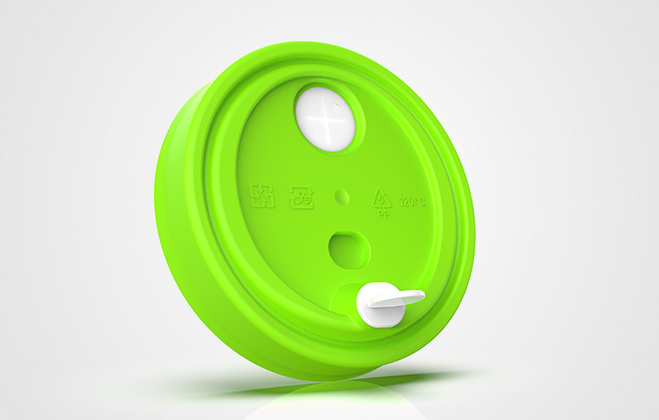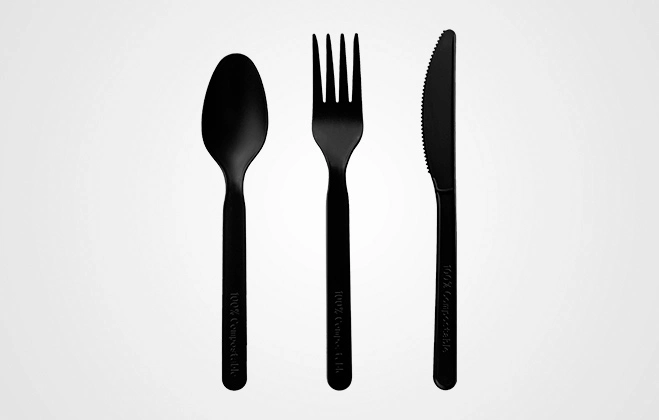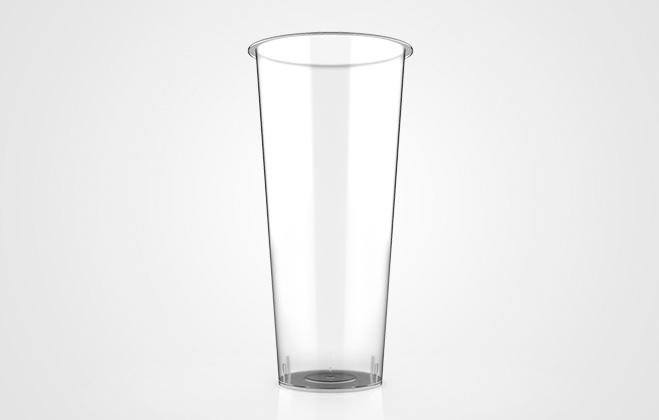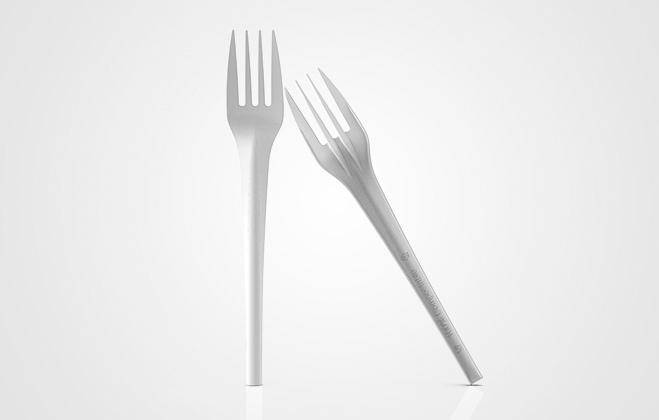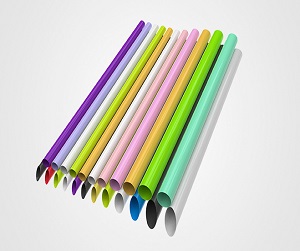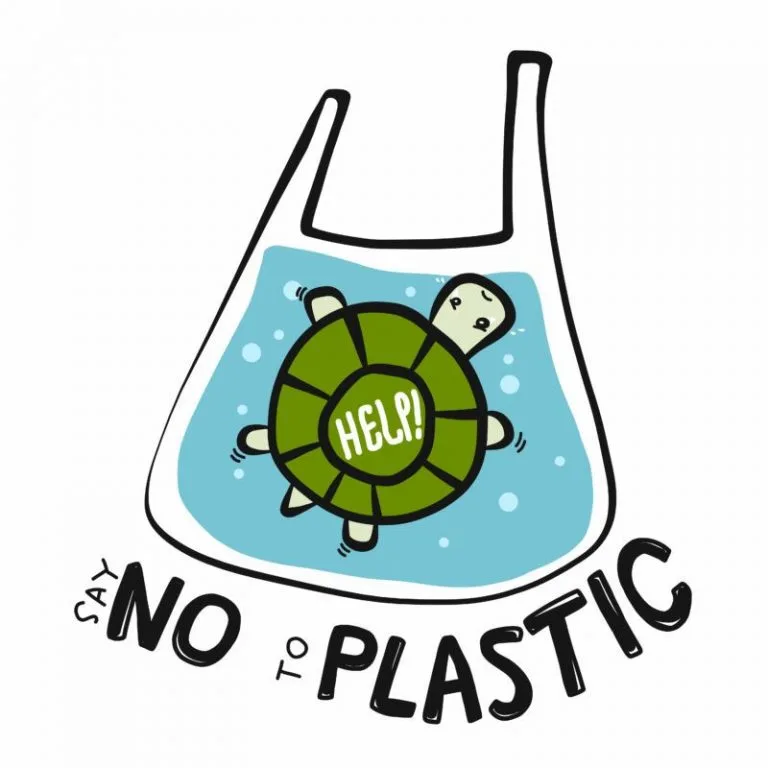With the continuous refinement of high molecular polymerization processes and subsequent modification techniques, the application scope of plastic products is continually expanding. While the realm of high-end materials sees a burgeoning variety of plastic products, the environmental pollution stemming from disposable plastics in low-end markets is becoming increasingly severe. Addressing the challenge of handling nearly 400 million tons of plastic waste generated globally each year presents both a challenge and an opportunity.
Key Strategies to Combat Plastic Pollution
In essence, resolving the issue of plastic white pollution primarily involves three strategies:
Firstly, there is "reduction," which entails minimizing the use of unnecessary plastic from the perspective of product design, avoiding excessive packaging, and alleviating plastic processing pressure from the source.
Next is "recycling and reuse," which can be divided into primary recycling and downcycling, aiming to extend the entire lifecycle of raw materials or polymers as much as possible.
Lastly, there is the "degradable solution," wherein discarded plastic products can degrade into carbon dioxide and water in specific environments, primarily targeting plastic waste problems that cannot be reduced or reused.
According to the OECD's report "Global Plastic Outlook: Policy Scenarios to 2060," it is projected that by 2060, global plastic waste will reach 1.014 billion tons, with nearly two-thirds coming from packaging, low-cost products, textiles, and other short-term products. With global action, the "reduction" strategy is expected to reduce the total global plastic waste to 679 million tons, while increasing the recycling rate to 60%. In the future, a significant portion of this approximately 400 million tons of recycled plastic will gradually be processed through recycling and degradable solutions.
In terms of "reduction," China has implemented its most stringent "plastic ban" to date. According to the "Opinions on Further Strengthening the Governance of Plastic Pollution," by the end of 2022, the consumption of disposable plastic products will significantly decrease, with degradable plastics replacing such products. By the end of 2025, the development and application of degradable plastic products will be further enhanced, leading to a substantial reduction in plastic waste landfill volumes in key cities, effectively controlling plastic pollution. The introduction of the "plastic ban" not only restricts the use of non-degradable plastics but also encourages and supports the substitution of degradable plastics, paper, and other non-plastic materials, thus accelerating the transition from traditional plastics to degradable alternatives.
The Rise of PLA Biodegradable Materials
In terms of the "degradable solution," efforts are underway domestically to develop and promote various types of degradable materials. Currently, degradable plastics in the market can be broadly categorized into "petroleum-based" and "biobased." The distinction between the two lies primarily in the raw materials used in production. Petroleum-based degradable plastics are produced using fossil energy sources, mainly including PBS (Polybutylene Succinate), PBAT (Polybutylene Adipate-co-Terephthalate), and PCL (Polycaprolactone). On the other hand, biobased degradable plastics are produced using materials such as corn and straw as raw materials, mainly including PLA (Polylactic Acid) and PHA (Polyhydroxyalkanoate).
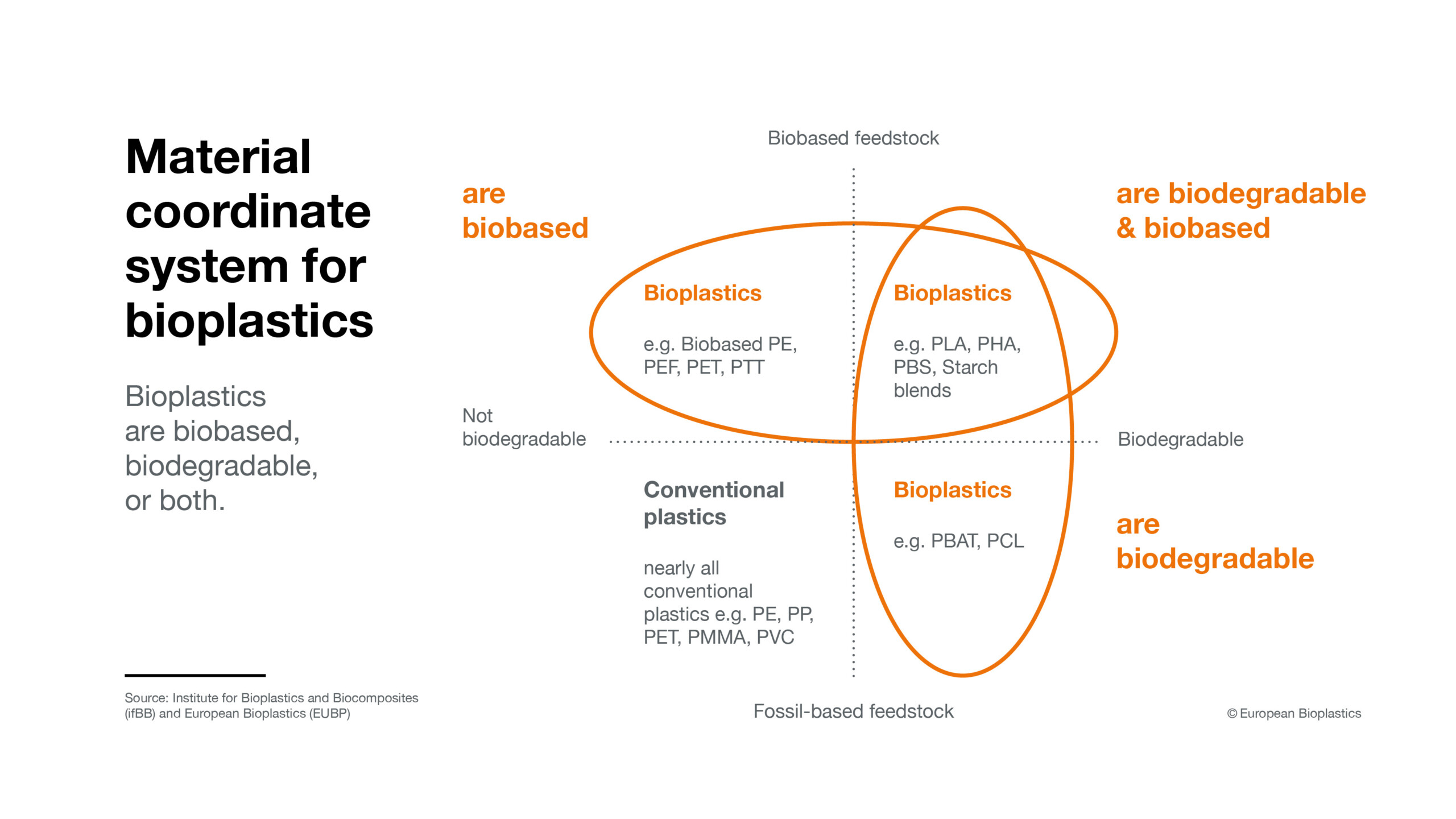
PLA: A Sustainable Solution for the Future
Biodegradability and raw material sources are key factors in assessing whether these materials are truly green and sustainable. PLA and PBAT stand out among many comparable materials and are widely used in the market. According to data from the European Bioplastics Association, global production of biodegradable plastics reached 1.553 million tons in 2021, with PBAT, PLA, and starch-based materials accounting for a large proportion, at 29.91%, 29.44%, and 25.55%, respectively. PLA and PBAT are currently the mainstream types of degradable plastic products in China. PLA exhibits excellent biocompatibility and biodegradability and is a rapidly industrializing biodegradable material. PBAT has good flexibility in its molecular chain and excellent film-forming properties, mainly used in film bag plastic products.
In comparison, Polylactic Acid (PLA) may be the only solution currently available that simultaneously meets these two criteria and achieves industrialization. The biodegradability of the material is mainly achieved by introducing acetyl or other groups that can be degraded by microorganisms into the polymer chain, while designing the molecular chain structure to be easily infiltrated by water molecules and microorganisms. Compared to PBAT, which is similarly highly industrialized, the fatty acid bonds in PLA molecular structure are more prone to infiltration, thus exhibiting superior biodegradability.
In terms of raw materials, the direct raw material for PLA, lactic acid, is derived from the fermentation of corn starch or other sugars. Since biomass, as the raw material, fixes carbon at a rate comparable to the rate at which carbon dioxide is released after the end of the material's lifespan, PLA, compared to degradation plastics using fossil materials with extremely slow carbon fixation rates (such as PBAT and PBS), is more in line with the concept of green sustainability and is more recognized by the European market, which has higher demands for green sustainable development. According to the European Bioplastics Association statistics, in 2022, global PLA production capacity accounted for approximately 40.2% of the total global production capacity of biobased degradable plastics. It is expected that by 2027, this proportion will increase to 67.1%, corresponding to a global production capacity expected to increase from 459,000 tons to 2.384 million tons.
As one of the leading PLA packaging manufacturers, GoodBioPak can offer a comprehensive PLA solution for customers in the catering and beverage business. We specialize in providing customized biodegradable products, including wholesale pla straws, biodegradable cutlery wholesale, biodegradable cups wholesale, and so on. With our commitment to sustainability and innovation, we aim to support the global transition to eco-friendly alternatives in the plastics industry.
Please feel free to contact us.
Email: sales@tgb-solution.com
来源: 可降解可循环中心 力美新材料
 English
English 日本語
日本語 한국어
한국어 français
français Deutsch
Deutsch Español
Español русский
русский português
português العربية
العربية ไทย
ไทย Malay
Malay